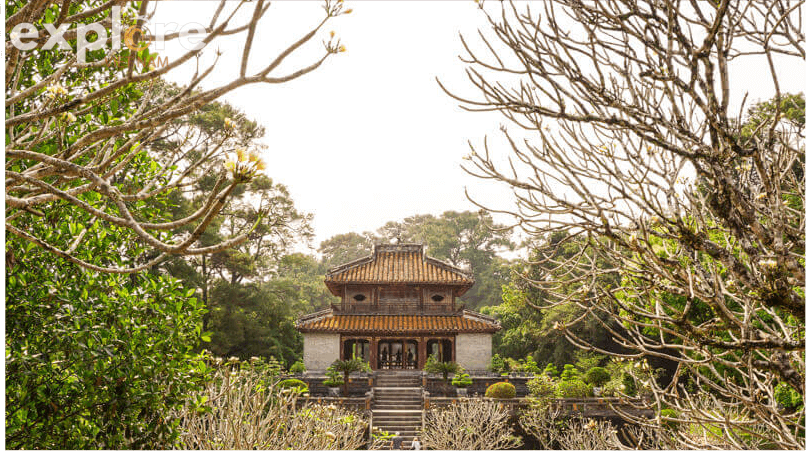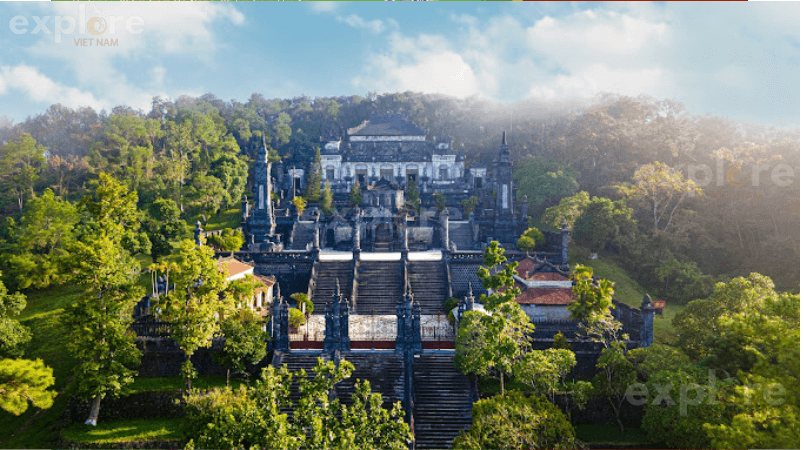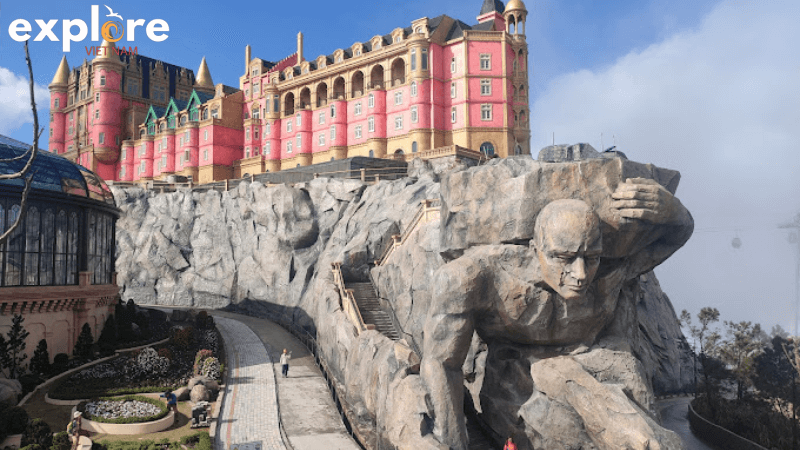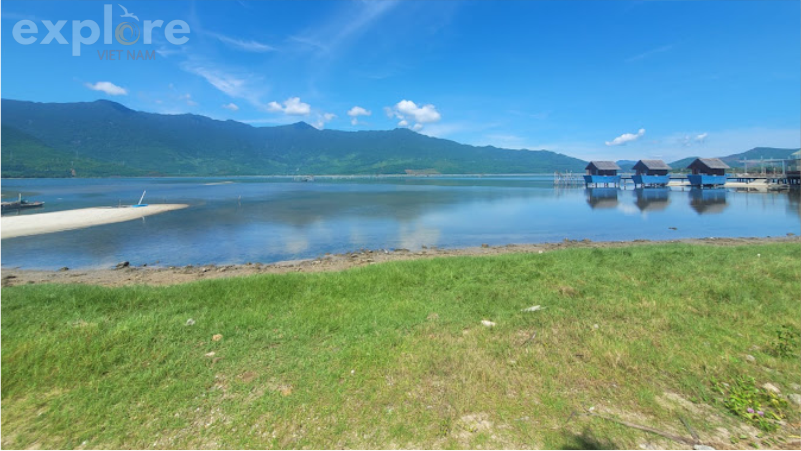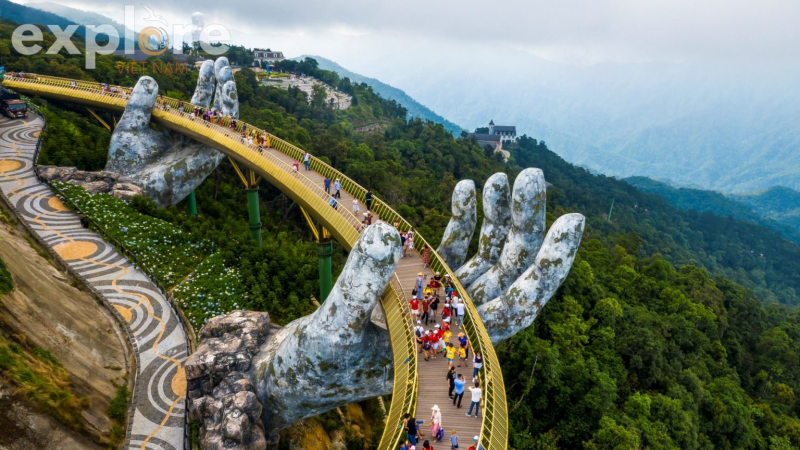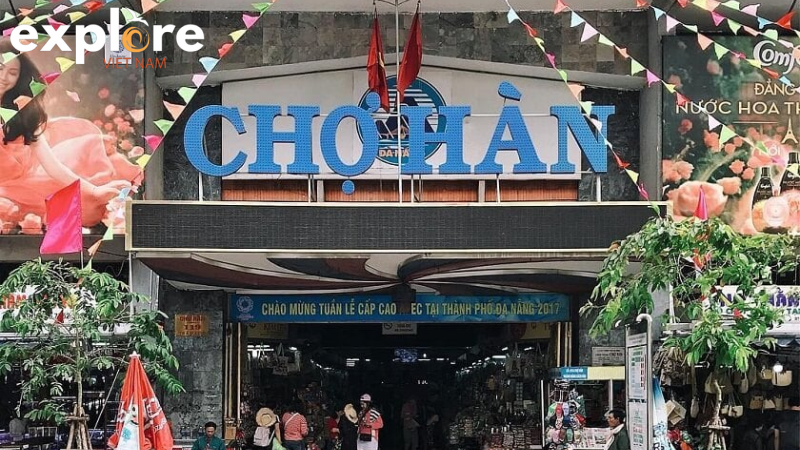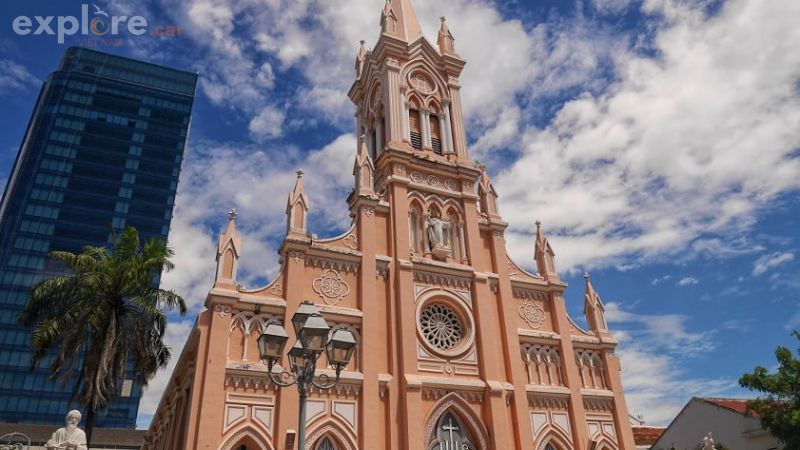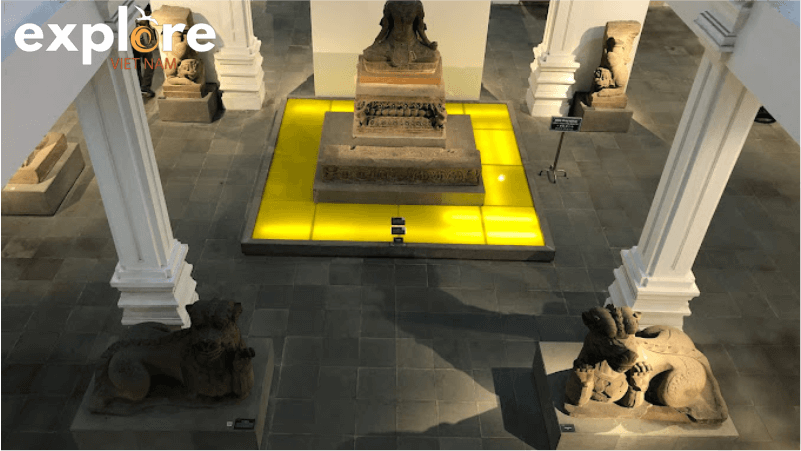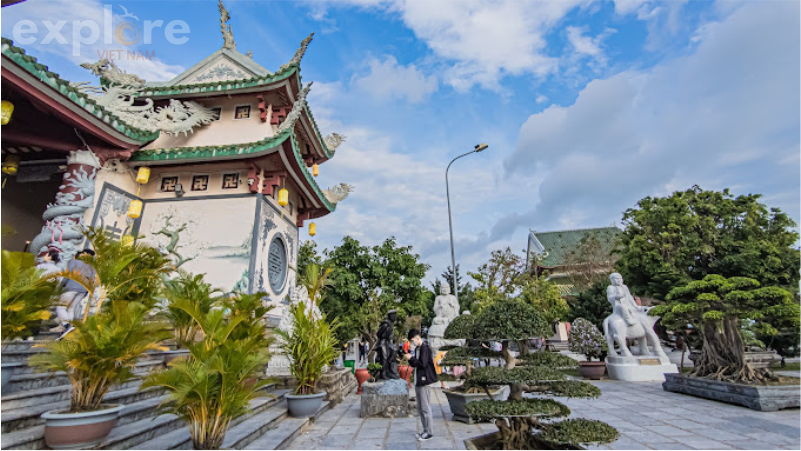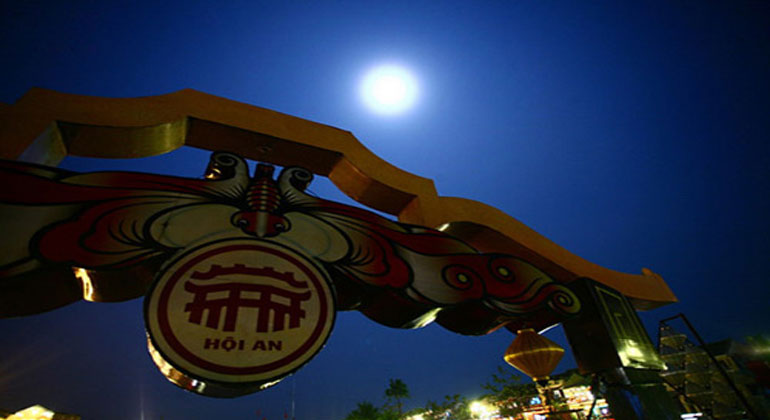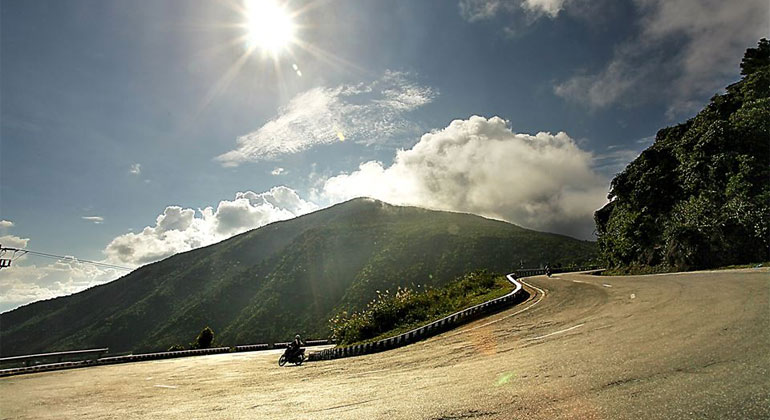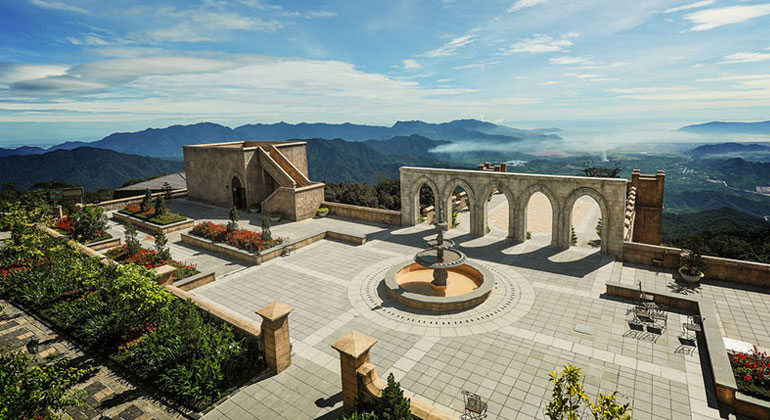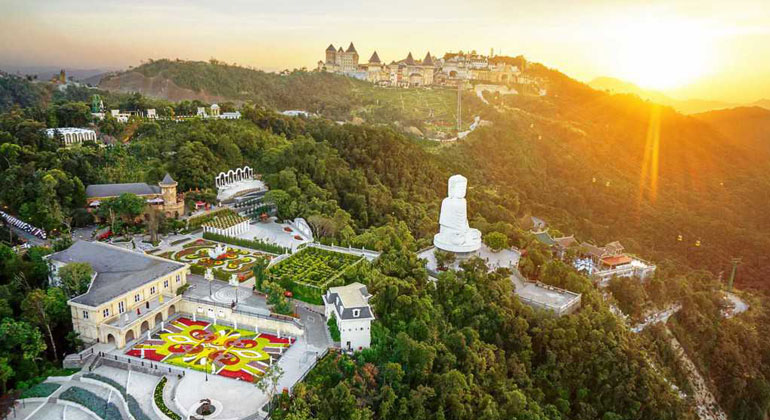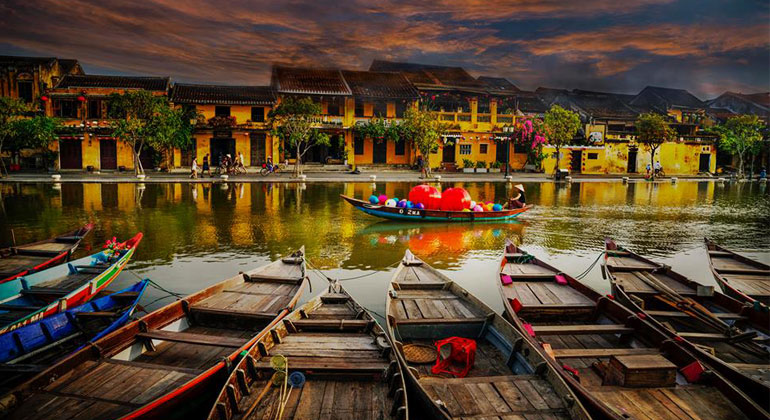Da Nang Private Car - English Speaking Driver!
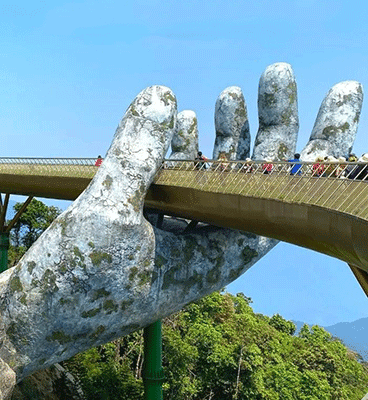

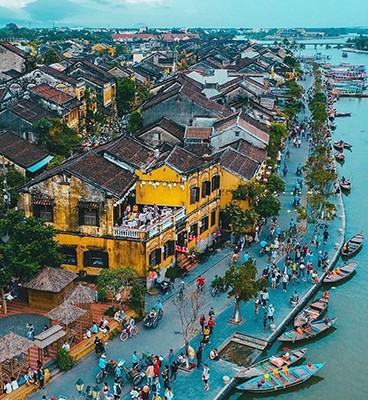
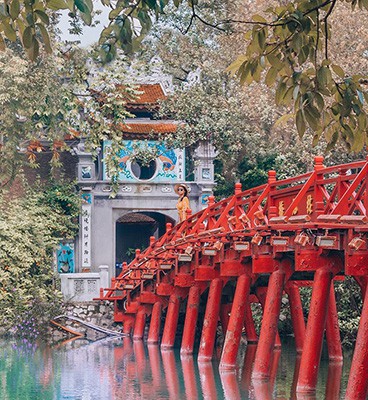
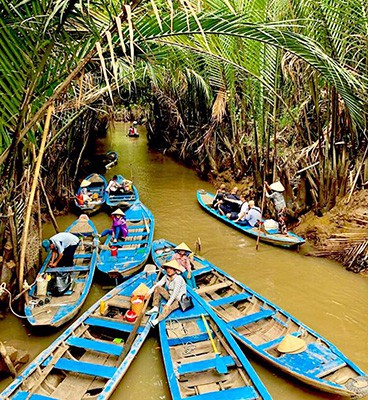
Thien Mu Pagoda Hue – An Ancient Pagoda Built In 1601
Thien Mu pagoda, a peaceful sanctuary on the Huong River’s bank, is one of Hue City’s most beautiful and historically significant structures. The pagoda offers spiritual healing and peace in the heart of Hue’s bustling city. The pagoda’s tranquil grounds, with lush foliage, and a pleasant breeze, all contribute to people relaxing and escaping the city’s bustle.
Take a moment to relax and meditate in the main sanctuary of Thien Mu pagoda while exploring it. The soothing chanting of monks and the gentle flashing of candlelight permeate the air, providing a profoundly peaceful ambiance for spiritual enlightenment. The pagoda offers a peaceful retreat where you may reconnect with your inner self and discover serenity in Hue City.
Wander through Thien Mu pagoda’s courtyards to appreciate its exquisite architecture that incorporates Vietnamese, Chinese, and Indian influences. Each structure, statue, and decoration conveys a story about the pagoda’s long history and spiritual importance. For generations, Thien Mu pagoda functioned as a Buddhist light source. As a result, this Hue’s iconic pagoda attracts a significant number of pilgrims and tourists from all over the world each year.
What’s Special About Thien Mu pagoda?
Thien Mu pagoda is a steadfast testimony to history, and it continues to live on in the minds of Hue residents and in Vietnamese cultural life. There are various notable structures on the pagoda grounds that you should not miss, including:
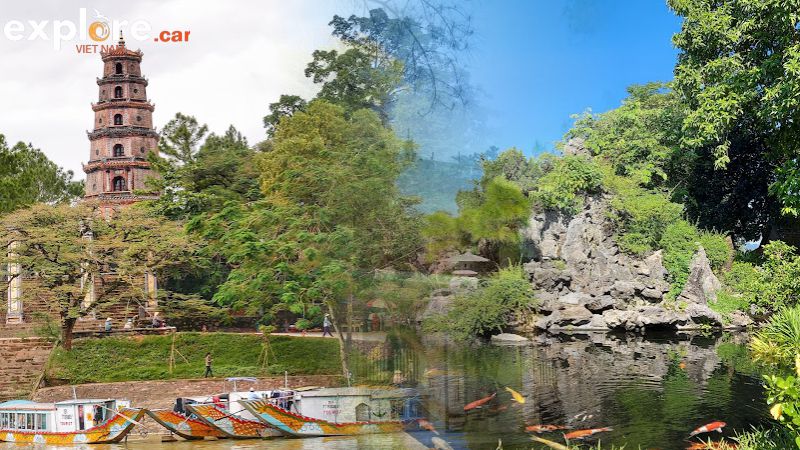
Triple Gate
When you walk into Thien Mu pagoda, the first thing you see is the pagoda’s main gate, Triple Gate. Thien Mu pagoda’s Triple Gate consists of two levels, eight roofs, and three doors. The Guardian statues encircle the main gate, symbolising the pagoda’s protection and peace.
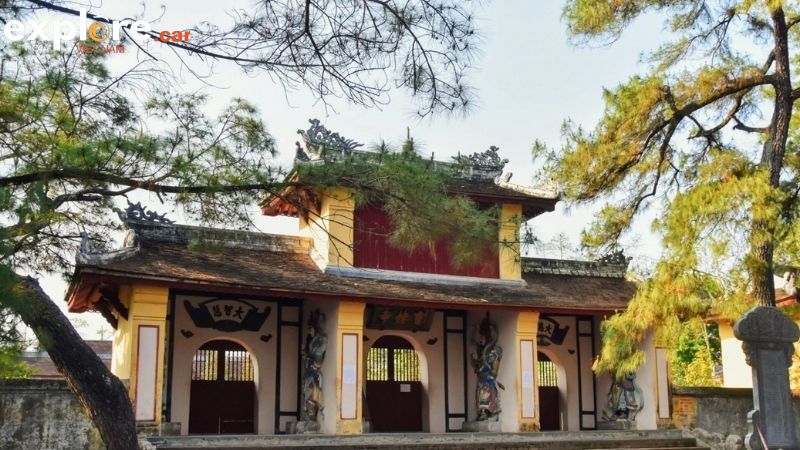
Phuoc Duyen Tower?
Phuoc Duyen Tower is now a well-known icon of Thien Mu pagoda. This tower, which was built in front of the temple in 1984, is 21 meters tall and has 7 levels. A Buddha statue may be seen on each floor of the Phuoc Duyen Tower. Inside, a spiral staircase leads to the top floor, which once housed a golden Buddha statue.
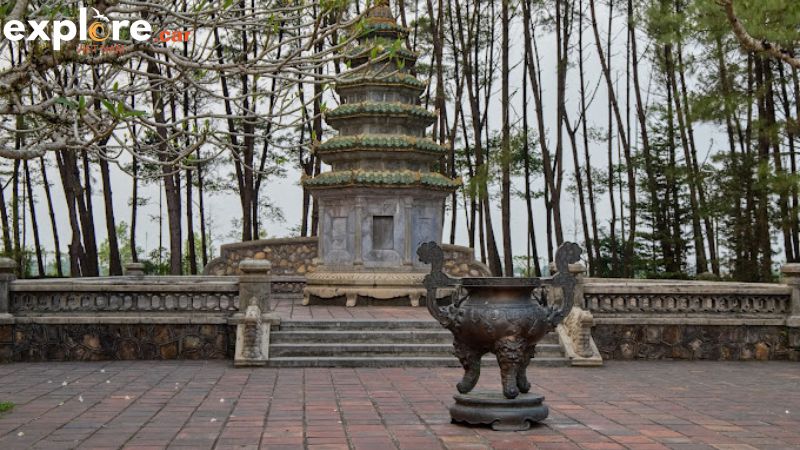
Huong Nguyen Shrine is located right in front of the tower. In 1904, the storm caused significant damage to the temple and several architectural structures, including the full collapse of Huong Nguyen Shrine (traces still exist). King Thanh Thai had it reconstructed in 1907, but the temple’s original magnificence could no longer be maintained.
The tower has two quadrilateral shapes with Thiệu Trị plaques on either side. Inside, there are two hexagonal houses, plaque houses, and a bell tower honoring King Nguyen Phúc Chu.
Dai Hung Temple
Dai Hung Temple, the main hall of Thien Mu pagoda, is a remarkable architectural structure. During the 1957 restoration, all columns, beams, walls, and platforms were reconstructed in concrete and painted to look like real wood.
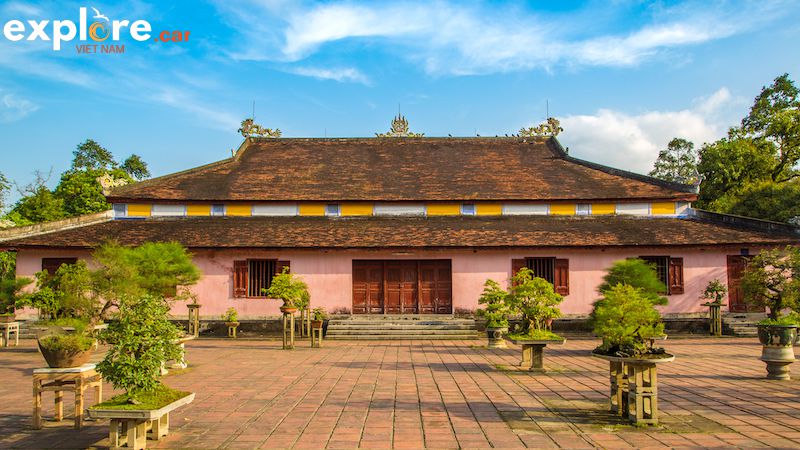
The main hall is a place where people pray and worship three Buddha statues, which represent the past, present, and future of human life. Di Lac statue is located immediately in the main hall of Thien Mu pagoda. The Buddha is believed to have ears to hear the world’s pain and a big belly to embrace the world’s compassion. Aside from the bronze Buddha statue, there is a big bronze statue depicting the moon-faced deity, which Tran Dinh An donated to the temple.
A photo display room and Venerable Thich Quang Duc’s car are located to the left of the main hall, along the walk beyond the garden. Venerable Thich Quang Duc is the person who self-immolated in 1963 to protest Buddhism’s repression.
Next is Master Thich Don Hau’s tomb. During the anti-American period, he served as vice chairman of the Patriotic Buddhist Association and helped to revitalize Buddhism in Hue and throughout Vietnam.
Earth Store Shrine
Earth Store Shrine sits behind the main hall, separated by a large courtyard filled with numerous decorative trees. The temple is accessible by the road to Dai Hung’s left. It is built on the footprint of the former Di Lac temple, which was rather large.
It was originally built to worship Guan Gong (from 1907). This is a frequent practice in ancient Vietnamese temples that were influenced by Chinese Buddhist. Even now, large temples in Hue City continue to revere Guan Gong. Guan Gong was believed to be sacred, capable of distinguishing between good and bad and predicting the future. As a result, the temple serves as a site of worship for both Guan Gong and divination cards.
Great Bell of Dai Hong Chung
The Great Bell of Dai Hong Chung is commissioned by King Nguyen Phuc Chu in 1710 to worship the national duke. Despite being 300-year-old age, it has retained its innate solemn beauty.
Dai Hong Chung, standing 2.5 meters tall and weighing 3.285 catties, may be found at Thien Mu pagoda’s courtyard. The bell is etched with King Nguyen Phuc Chu’s characters, expressing the desire for good weather, national prosperity, and all people to become Buddhist disciples. The decorative patterns on the bell are extremely clever and of outstanding artistic level. The bell’s body contains eight letters printed in various ways.

Furthermore, the Great Bell of Dai Hong Chung at Thien Mu pagoda is rumored to have been Hue’s largest treasure at the period. As a result, Hue residents are extremely proud of their bell.
Vintage Car Austin Westminster
Within Thien Mu pagoda, there is a Vintage Car Austin Westminster that the locals have carefully preserved. Distant Buddhist disciples and international travelers should spend some time to observe this vehicle. The Vintage Car Austin Westminster once marched and carried Venerable Thich Quang Duc, who self-immolated to protest the Diem administration on June 11, 1963.

The political atmosphere in the South changed in 1963, leaving no possibility for peace under Ngo Dinh Diem’s administration. To repress communists and the Buddhist community, gunshots were fired and flames exploded everywhere. Venerable Thich Quang Duc, the abbot of An Quang Pagoda at the time, could not stand the sight of Buddhists being oppressed in a pool of blood. So he chose to self-immolate in protest of the Ngo Dinh Diem administration’s atrocities.
After nearly half a century, the car still looks modern, luxurious, and handy. However, with time, it has gradually rusted. Nevertheless, the vintage car bearing the license plate DBA-599 will long be connected with the courageous self-immolation of patriotic monk Thich Quang Duc.
Thien Mu pagoda Festival, Hue
You should visit Thien Mu pagoda during the Lunar New Year or on the Vesak (the anniversary of Buddha’s Birthday). Many grand festivals will take place throughout these days.
Hue’s most pleasant weather occurs between January and February. It’s the perfect time to explore Thien Mu pagoda. You can also visit Thien Mu pagoda during the blossoming season, which is in May and June.
Note when traveling to Thien Mu Pagoda
When visiting this temple, please dress modestly, politely, and conservatively.
- Walk lightly, speak softly, and refrain from making noise or using vulgar language on the temple grounds, as this may disturb the solemn and serene atmosphere.
- Outside the temple, there are numerous souvenir stalls selling Hue specialties like as Ao Dai, Conical hats, Jewelry, and other items. You can freely chose, but it must be bargained for a reasonable price.
FAQs Thien Mu pagoda
Thien Mu pagoda Opening Hours
Thien Mu pagoda is open throughout the day, allowing you to explore whenever you choose. The best time to visit for great photo opportunities and to appreciate the peaceful atmosphere is between 6:00 and 08:00 AM, when there are fewer tourists. If you want to enjoy the beautiful sunset over the peaceful Perfume River, plan your visit between 05:00 and 06:00 PM!
Ticket Prices for Thien Mu Pagoda in Hue
Thien Mu pagoda Hue is free to visit.
During your visit to Thien Mu pagoda, you can also see other attractions and historical sites close to the pagoda. These attractions cost between 10.000 VND and 100.000 VND per person, each visit.
When Was Thien Mu Hue Built?
Thien Mu pagoda was constructed in 1601, under Lord Nguyen Hoang’s reign. Buddhism flourished in Southern Vietnam throughout Nguyen Phuc Chu’s reign (1691-1725), resulting in notable architectural improvements. He personally engraved a massive stele to commemorate the building of these architectural wonders. Moreover, more than a thousand Buddhist texts that praised Buddhist philosophy were brought from China and kept at the pagoda.
Thien Mu pagoda, one of the Vietnam’s most beautiful pagoda, grew in size and natural beauty throughout time. Throughout the Nguyen dynasty, it underwent several restorations. Thieu Tri King expanded the pagoda to celebrated Empress Thuan Thien Cao Hoang’s 80th birthday, who was King Gia Long’s wife and King Thieu Tri’s grandmother.
History of Thien Mu pagoda
According to legend, Lord Nguyen Hoang built the Thien Mu pagoda Hue in 1601 while on a visit to Ha Khe Hill. Seeing that the location resembled a dragon-like appearance, he made the decision to construct a temple that faces the Perfume River and gave it the name Thien Mu. In 1665, Lord Nguyen Phuc Tan made some minor renovations to the pagoda.
In conclusion
Thien Mu Hue is a symbol of the harmonious fusion of nature, culture and history. Its ideal location among the peaceful hills and on Perfume River’s bank produces a tranquil surroundings that highlights the architectural splendor of the building. Thien Mu in Hue turns becomes a place of contemplation and a link between the past, present, and future.
- Danang to Hue by Private Car 59 $
- Transfer Danang to My Son By Private Car 59 $
- Transfer Danang to Bana Hills (Golden Bridge) by Private Car 27 $
- Danang to Phong Nha by Private Car 170 $
- Danang to Vinpearl Land by private car 50 $
- Danang to Bach Ma National Park by Private Car 99 $
- Danang to DMZ By Private Car 115 $
- Da nang to Dong Hoi by Private Car 155 $
- Da Nang Airport Transfer 15 $
- Danang to Hoi An by Private Car 15 $
- Danang 4 Days 3 Nights Itinerary by Private Car 310 $
- Danang to Monkey Mountain by Private Car 69 $
- Danang to Hue day trip by private car 95 $
- Danang to Quang Ngai by Private Car 70 $
- Danang Airport and Laguna Lang Co by Private Car 44 $
- Danang Airport to Hue by Private Car 59 $
- Danang Airport to Naman Retreat Resort by Private Car 15 $
- Danang City Full Day Tour by Private Car 65 $
- Danang City Half-Day Tour by Private Car 45 $
- Danang, Hoi An and Hue by Private Car (2 Days 1 Night) 159 $
- Danang to Than Tai Hot Spring Park by Private Car 43 $
- Danang to Nha Trang by Private Car 255 $
- (Danang, Hoi An And Hue) 3 Days 2 Nights by Private Car 279 $
- Danang to Lao Bao Border by Private Car 150 $
- Danang to My Lai Massacre by Private Car 79 $
- Danang City Tour and Hoi An at night by Private Car 56 $
- Chan May Port to Hue By Private Car 125 $
- Tien Sa Port to Golden Bridge Ba Na Hills by Private Car 83 $
- Chan May Port to Golden Bridge Bana Hills by Private Car 142 $
- Tien Sa Port to Hoi An by Private Car 88 $
- Chan May Port to Hoi An by Private Car 142 $
- Tien Sa Port To Hue City by Private Car 116 $
- Tien Sa Port To Danang By Private Car 94 $

